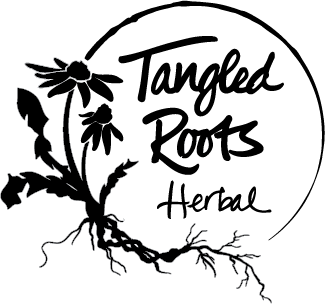Welcome to the fascinating world of herbalism, where nature's bounty offers a plethora of remedies and wellness benefits. In this post, we'll delve into the concept of herbal actions, exploring how different herbs interact with our bodies and minds to promote health and well-being.
What are Herbal Actions?
Herbal actions refer to the specific effects that herbs have on our body systems. These actions are determined by the unique combination of chemical constituents present in each herb, which can influence our physiological and psychological states.
Key Types of Herbal Actions
-
Adaptogens: These are herbs like Ashwagandha and Ginseng that help the body adapt to stress and exert a normalizing effect upon bodily processes.
-
Nervines: Herbs like Lavender and Chamomile fall into this category. They have a calming effect on the nervous system, aiding in relaxation and stress relief.
-
Carminatives: Fennel and Peppermint are great examples of carminatives. They aid in digestion and relieve gas and bloating.
-
Diuretics: Herbs like Dandelion and Nettle promote the elimination of fluids from the body, supporting kidney function and reducing swelling.
-
Expectorants: These herbs, like Mullein and Licorice, help in expelling mucus from the lungs and are beneficial in treating respiratory conditions.
How to Use Herbs for Their Actions
Understanding an herb's action is crucial in selecting the right herb for your specific needs. For instance, if you're dealing with stress, an adaptogen or nervine may be beneficial. For digestive discomfort, a carminative might be the best choice.
Safety and Considerations
While herbs are natural, they are not without side effects and can interact with medications. It's important to consult with a healthcare professional, especially if you have underlying health conditions or are taking medications.
Conclusion
Herbs offer a natural way to support our health and well-being. By understanding their actions, we can make informed choices about the herbs we use to promote our health. Remember, the world of herbalism is vast and diverse – there's always something new to learn!
References
- "Medical Herbalism" by David Hoffmann
- "The Modern Herbal Dispensatory" by Thomas Easley and Steven Horne
- "Herbal Medicine" by Aviva Romm
This post provides a basic introduction to herbal actions, covering some of the most common types and their uses. For a deeper understanding, readers are encouraged to consult the listed references and seek advice from qualified herbalists or healthcare providers.


